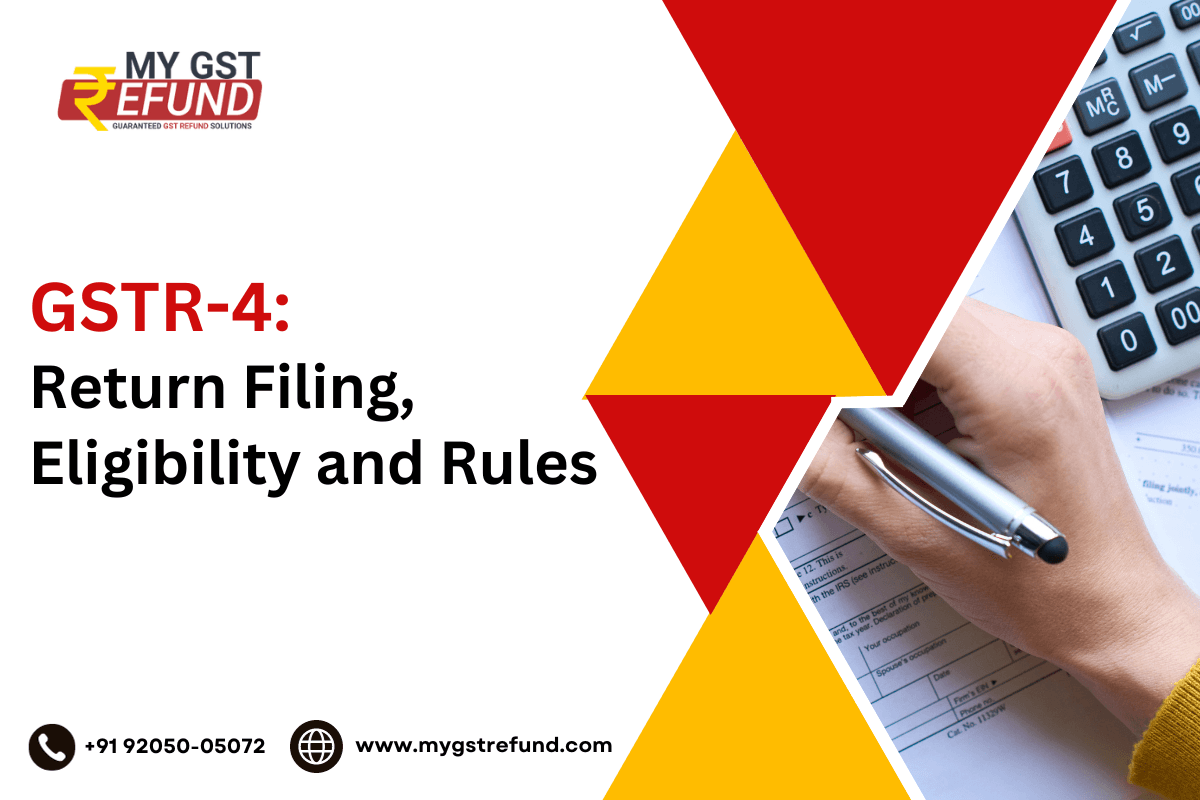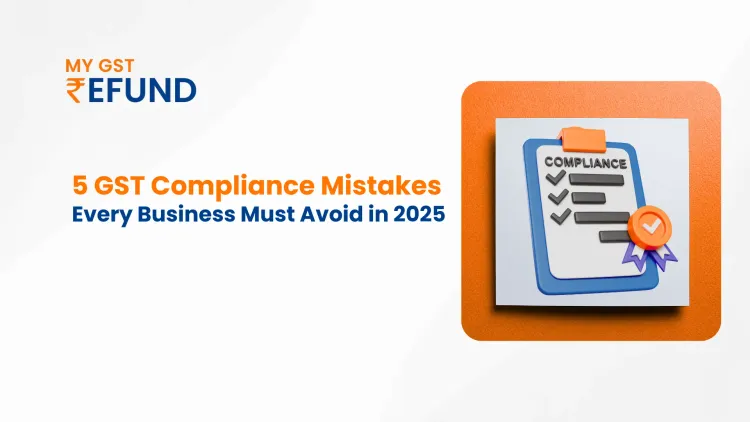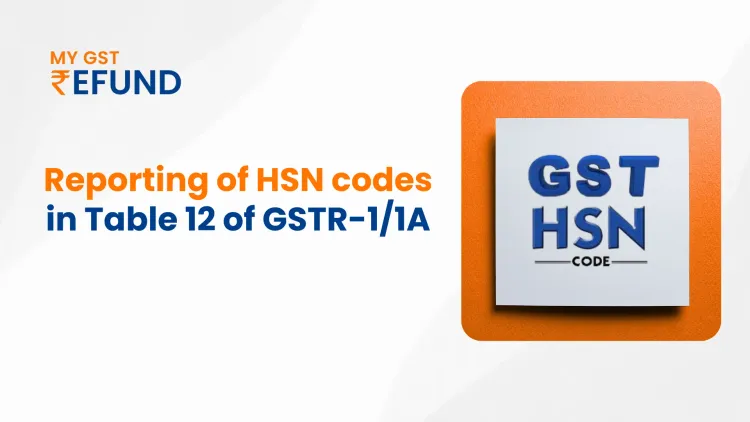GSTR-4: Return Filing, Format, Eligibility and Rules
Published on: Tue Dec 26 2023
What is GSTR-4?
What is it? GSTR-4 is an annual return filed by taxpayers who have opted for the composition scheme. This scheme allows eligible businesses to pay a fixed percentage of their turnover as GST instead of the usual detailed calculation.
Filing Frequency: Unlike regular taxpayers who file monthly/quarterly returns, composition dealers file GSTR-4 only once a year, by 30th April of the subsequent financial year.
Rule 4 of GST
Rule 4 under the Composition Scheme guidelines specifies the maximum annual turnover limit for opting into the scheme. Currently, it is ₹1 crore for manufacturers and traders, and ₹50 lakhs for service providers.
Who is Eligible for GSTR-4?
GSTR-4 is designed for taxpayers who have opted for the Composition Scheme, which is available to businesses with an annual turnover up to a specified limit. Small businesses often find this scheme advantageous due to reduced compliance requirements and a fixed tax rate.
Any taxpayer registered under the GST Act who opted for the composition scheme for even a single day during the financial year is eligible to file GSTR-4.
Is GSTR-4 Mandatory?
Filing GSTR-4 is mandatory for eligible taxpayers. Failure to do so can attract late fees and penalties.
Reasons for Mandatory Filing
- Compliance with GST Regulations: Filing GSTR-4 is a legal requirement as per the GST Composition Scheme rules. Failure to do so can attract late fees and penalties, including:
- Late fee of ₹50 per day for each CGST and SGST return not filed.
- Maximum penalty of ₹10,000 for non-filing of returns.
- Transparency and Record Keeping: GSTR-4 serves as a yearly summary of your business transactions under the composition scheme, promoting transparency and facilitating audits by tax authorities.
- Benefits of Timely Filing: Timely filing of GSTR-4 ensures you stay compliant and avoids legal hassles. It also helps claim any input tax credit you might be entitled to under the composition scheme.
Difference Between GSTR-4 and GSTR-9
Do I need an accountant to file GSTR-4?
While the form is relatively straightforward, seeking professional guidance can ensure accuracy and avoid potential liabilities.
Can I file GSTR-4 after the due date?
Late filing attracts late fees, calculated per day.
What documents do I need to file GSTR-4?
Keep readily available your CMP-08 statements, purchase invoices, and import details.
Related Posts





